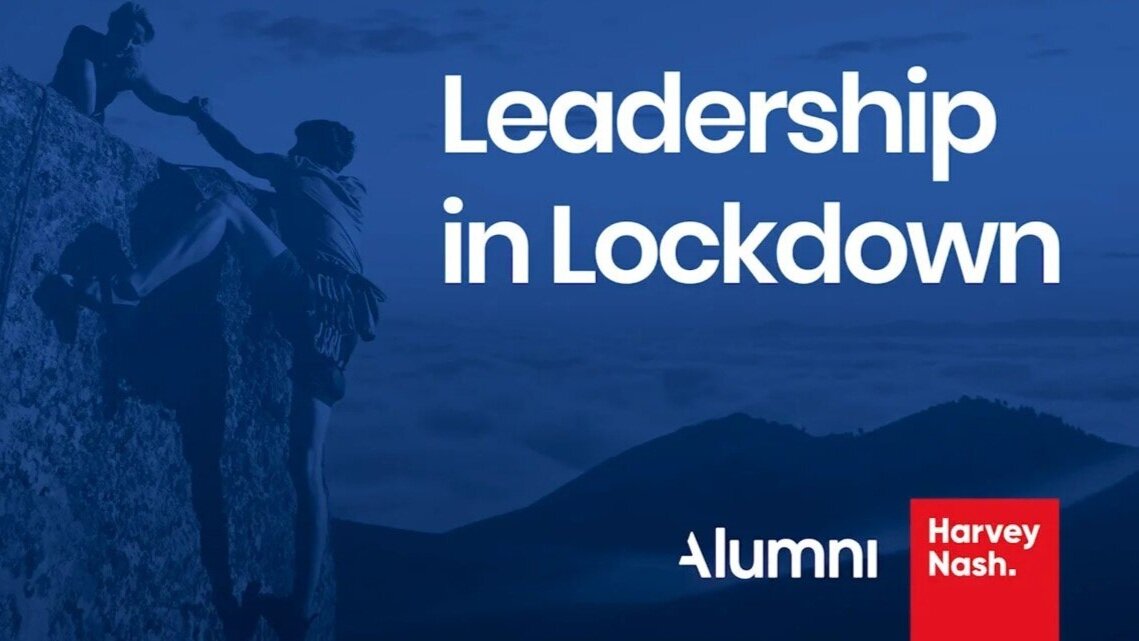Inclusion as the true foundation to supporting organisational diversity
Inclusion as the true foundation to supporting organisational diversity
A conversation with inclusion expert Owen Francis
The corporate dialogue relating to diversity and inclusion is relatively advanced, however, with the leadership ranks of the business world remaining predominantly white and male, it is important that we understand diversity holistically. Diversity in its truest sense is about so much more - it is not only about our inherent characteristics but also experiential and acquired differences. Differences in culture, education and sector experience can bring as much unique insight into business leadership and innovation as can ‘visible’ differences such as racial and gender diversity. However, without inclusive practices, particularly in HR and recruitment, diversity initiatives may be doomed to fail. We spoke with our colleague and inclusion expert Owen Francis about diversity and recruitment for a helicopter view on the basic common issues.
In this era of globalisation, crisis and change, holistic diversity within a workforce is increasingly important. We know through extensive research that diversity in organisations breeds resilience and fosters adaptable responses to change, a definite bonus given the current global economic landscape. Diversity enhances creativity, and encourages the search for novel perspectives, leading to better decision making and problem solving. Diversity of thought has been shown to breed creativity and drive innovation, helping to solve problems and meet customer needs in new and exciting ways. Developing an inclusive culture in an organisation and being a change agent in this space means learning as much about ourselves, our styles and ways of working, our biases and similarities, as much as it means learning about those we are employing.
“Executive search providers should be selected on the basis of their ability to reach out to and draw upon a wide network of suitable candidates and not simply operate in a reactive manner targeting individuals based on their gender or racial differences, on the assumption that this equates to a truly diverse candidate field.”
Organisations can only broaden their diversity by populating talent pipelines with people that bring a different perspective to the table. This is as equally true for board level and senior leadership roles as entry level positions that can be nurtured up through the ranks. Key to achieving this is the introduction of inclusive best practice at the three fundamental pillars of a recruitment process: attraction, selection and onboarding. Organisations that focus on each part of the lifecycle in order to drive their initiatives will be ahead of the curve.
When organisational leaders identify and determine a need for a certain type of individual to enhance their organisations, for example because they feel their staff base is not reflective of the cross-section of their customer base, then they will need to be explicit not just about what they seek but why. BAME (Black, Asian and Minority Ethnic) and LGBT+ (Lesbian, Gay, Bisexual, Transgender) are terms that have increasingly grown in use and dependency over the last few years, although there are ongoing arguments that both terms run the risk of being reductive, and can be seen as a ‘catch-all’ for intersectional communities who actually have significant and radical differences from one another. It is necessary that organisations can understand and articulate the genuine value-add of being diverse and inclusive, and then are able to be specific and open about areas of underrepresentation in their staff base in order to avoid tokenism.
In addition, a critical analysis of all recruitment materials and touchpoints is essential to attract diverse talent. Job descriptions, person specifications, visual imagery, wording, accessibility, processes, engagement with the executive search partner – all can impact negatively or positively on whether candidates from diverse backgrounds will apply and remain engaged in the process. Executive search providers should be selected on the basis of their ability to reach out to and draw upon a wide network of suitable candidates and not simply operate in a reactive manner targeting individuals based on their gender or racial differences, on the assumption that this equates to a truly diverse candidate field.
At the next level, removing bias through positive action is the main objective of creating and delivering an inclusive selection process. Each of us are prone to the ‘seduction of sameness’ and will be drawn to those with similar characteristics, backgrounds and qualities that we embody. Cluster interviews or diverse final panels go some way to avoiding the groupthink that can result from a single panel interview, and the format allows more scope to include multiple perspectives and to showcase the culture of the organisation. Similarly, basing the interviews on competency checklists and scoring criteria makes candidate suitability less open to subjective opinion or selection bias. I tend to live by the mantra that ‘you can’t be what you can’t see’, and if candidates are not able to identify that a culture of inclusion exists, and hiring managers are not able to have honest discussions about their own internal processes and biases, organisations are prone to a perpetual state of sameness.
Diverse candidates are out there for the taking, although building and sustaining an inclusive workplace environment is a more difficult task and requires a degree of organisational and leadership self-reflection, adaptability and honesty that a senior leadership team and its workforce need to be comfortable with. Those who proactively recruit for diversity, yet are unable to allow this diversity to change and challenge their own cultural behaviours, will lack the capability to ultimately retain those who think differently and the organisational value and perspective this offers. The success of diversity initiatives relies on switching organisational mindsets from being purely numbers-based and quota-driven, to being values-based, analytical and self-reflexive. After all, only when there is less of a focus on the numbers and more on the processes by which those numbers are achieved – or not – will organisations be on the right path to true inclusion.
If you are curious to learn more about how we at Alumni advise our clients and work with organisational diversity we would love to hear from you!
This article was based on an interview with Owen Francis, who is Head of the Higher Education and Non-Profit Practice at Alumni Harvey Nash. He is an experienced Diversity and Inclusion Consultant and actively partners with universities and healthcare organisations to optimise their Diversity and Inclusion People Strategies.
Consultant, Diversity & Inclusion Lead
E-mail





